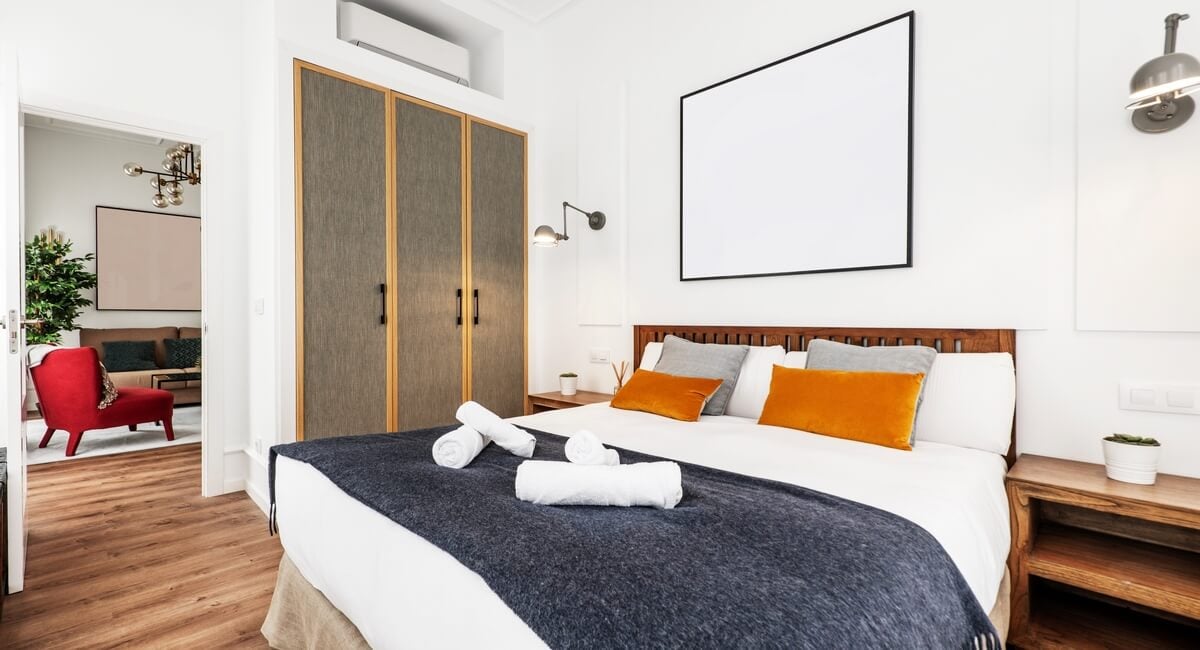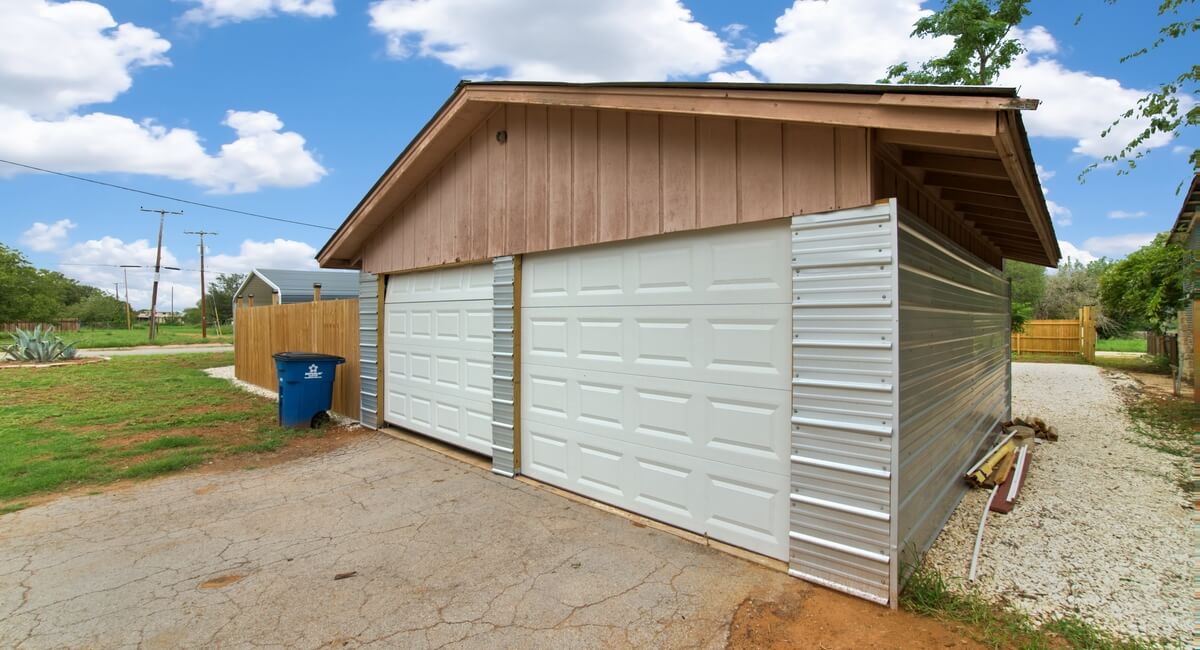Rental properties can be a fantastic source of income, and you should always be looking for ways to increase your return on investment. However, increasing your rates without offering your tenants anything in return could backfire. To successfully maximize your rental income, you need to provide homes that residents are willing to pay a premium for. Here are nine ways you can maximize your income from your investment properties:

1. Choose Your Location Carefully
If you’re planning to buy a new rental property, location is one of the most important considerations. Research which cities in the United States are growing and which have dwindling populations. Growing cities will almost always have more demand than supply for housing, which will drive up rental rates.
When you decide on a location, look for properties that suit the needs in the area. For example, cities that attract a lot of high-earning professionals will have a higher demand for luxury apartments that offer a variety of amenities. Areas with more working-class families, on the other hand, may have more need for basic, affordable single-family homes or duplexes.

2. Offer Amenities
Offering amenities is one of the best ways to increase rental rates while still attracting tenants. Many renters are willing to pay a premium when their building has a state-of-the-art fitness center, pool, or clubhouse. Community gardens and dog parks can be appealing features, too. Adding these amenities to your rental property can be a big up-front investment, but it will pay off when you attract long-term, satisfied tenants.
If you’re marketing your property to high-earning professionals, you could even offer services like laundry and house cleaning. Many professionals are willing to pay extra in rent if it means they’ll save time on housekeeping. This could be a built-in service included in the monthly rent, or you could offer it for an optional extra fee.

3. Provide Extra Storage Space
Additional storage space is a top priority for some renters. Depending on the layout of your rental property, you might be able to offer extra storage with some simple renovations. You could convert a basement or attic into storage units, or you could build a shed outside the property. The storage space could be included in the monthly rent and offered to all residents, or it could be available for an extra monthly fee.

4. Market to Remote Workers
People who work from home want to live somewhere that’s optimized for remote work. Many will pay more for a unit they can comfortably work in. Research whether your city is popular for remote workers, and consider whether your rental unit could appeal to people who work from home.
If your rental units are well-suited to working from home, use it as a selling point. In your listing, mention how the spare room could be converted into a home office or how a corner or nook in the living room is perfect for a work-from-home setup. Consider adding built-in desks and shelves or installing extra outlets to create an ideal remote workstation. You could even offer high-speed internet as part of the rental package.

5. Provide Incentives for Referrals
Referral incentives are a great way to easily attract qualified tenants. Offer your current residents a discount on rent, free utilities for a month, or another financial perk if they successfully refer a new tenant to your building. You could offer the new tenant the same incentive, too.
Offering a referral incentive is a small up-front cost, but it can reduce the length of time a unit goes unoccupied. Encouraging tenants to refer their friends and family also fosters a sense of community in your building. This increases the chances that your renters will re-sign their leases, reducing turnover and lost rental income.

6. Use Dynamic Pricing
Dynamic pricing is a strategy that involves adjusting the price of your rental unit based on the current demand. This can be a great way to maximize your rental income if you do careful market research.
In most cities, summer is the most popular time to move. The majority of Americans who move in a given year do so between Memorial Day and Labor Day. If your rental property is located in a high-demand area, you could advertise the units at a higher rate during these months. Then, in the off-season, reduce the rate so that you still find tenants quickly.

7. Offer Short-term Rentals
Managing a short-term rental is much different than managing long-term leases. You’ll have to furnish the unit and invest in short-term rental insurance. Short-term rentals have to be cleaned and inspected after each stay, which can be costly if outsourced and time-consuming if you do it yourself. However, short-term rentals can be much more lucrative if they’re located in a popular tourist area.
Another option is to offer mid-term rentals for individuals who plan to live in an area for more than a month or less than a year. Plenty of people travel for work and prefer living in an apartment or house over crashing in a hotel for weeks or months. Some professionals, like travel nurses, receive a housing stipend from their employer, which often means they’re able and willing to pay more for their accommodations.
8. Screen Tenants Carefully
You want to minimize the amount of time a unit is unoccupied so you don’t lose out on rental income. However, you should never rush the tenant screening process just to fill a unit. Renting to an untrustworthy tenant could result in missing payments, damage to the property, and dissatisfied neighboring residents. Always run a credit check on prospective tenants, and ask for references from past landlords.

9. Reduce Turnover With Great Service
Tenant turnover is one of the biggest causes of lost rental income. You lose the rental income while the unit is unoccupied, and you may have to pay for cleaning and repairs. Additionally, you have to conduct screenings and credit checks for prospective new tenants, which can be costly.
The best thing you can do as a landlord to minimize turnover is to attract good tenants who will stick around. Build a positive relationship with your renters by checking in with them, showing them your appreciation, and responding to their requests quickly. Encourage a sense of community in your building by creating communal spaces or hosting events and get-togethers. When people feel welcome, comfortable, and valued in their home, they’ll want to stay for years.
Generating more rental income allows you to make improvements to your properties or invest in new ones. By offering extra amenities and creating an enjoyable, comfortable living environment, you can raise your rates and still attract great tenants. Understanding the market in your area can also help you maximize your rental rates. Increasing rental income takes some careful planning, but you can start by implementing one or two of these strategies and measuring the results.



